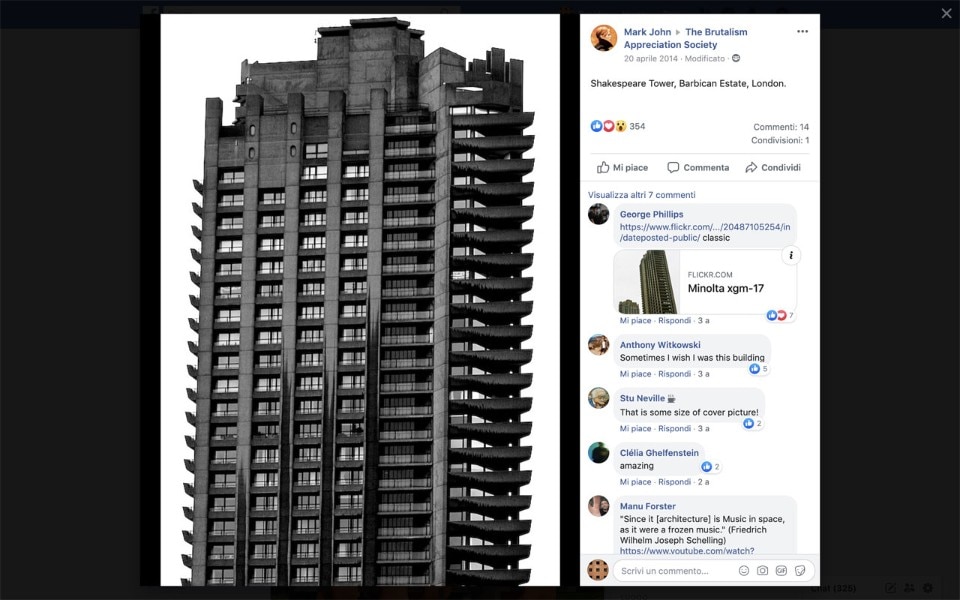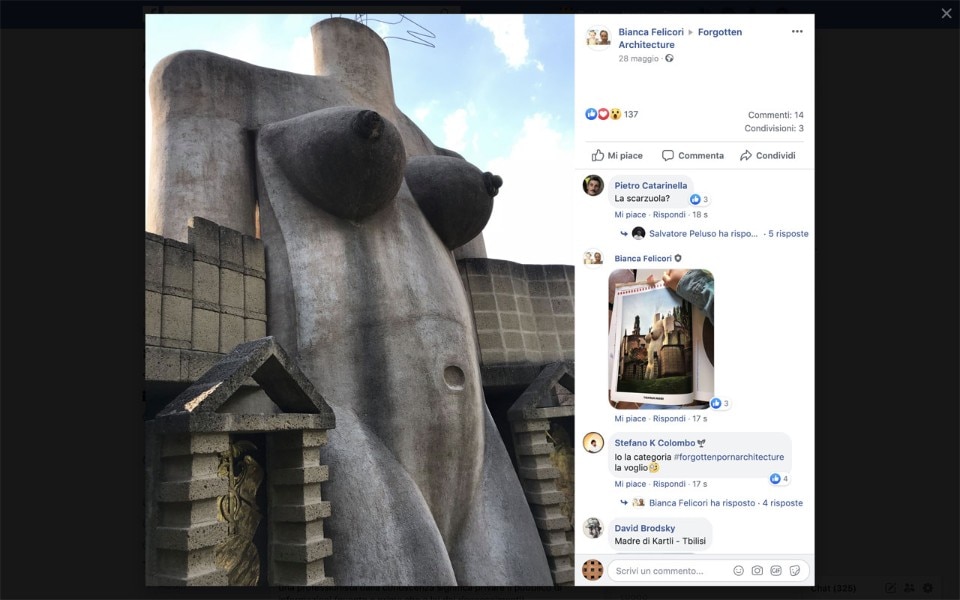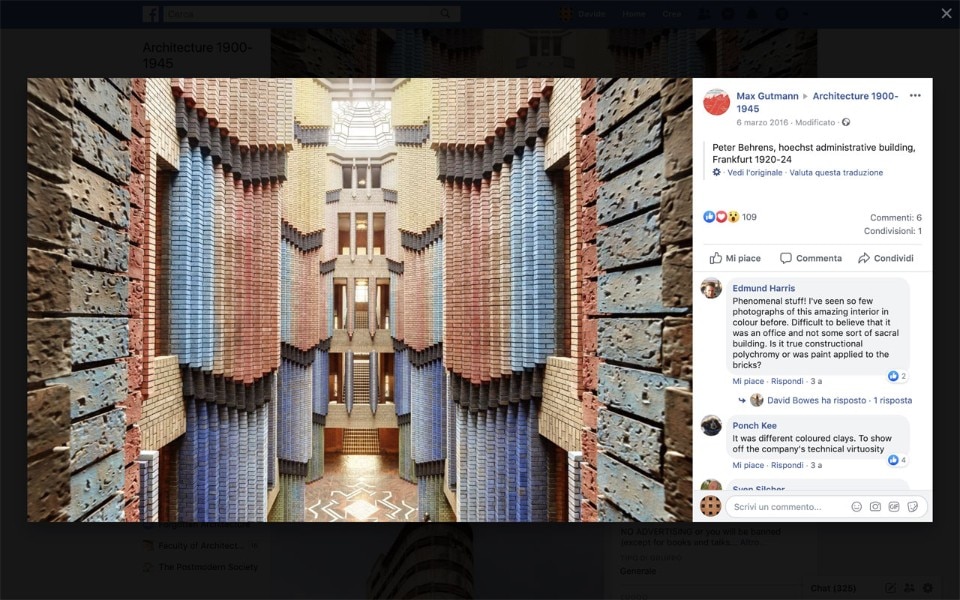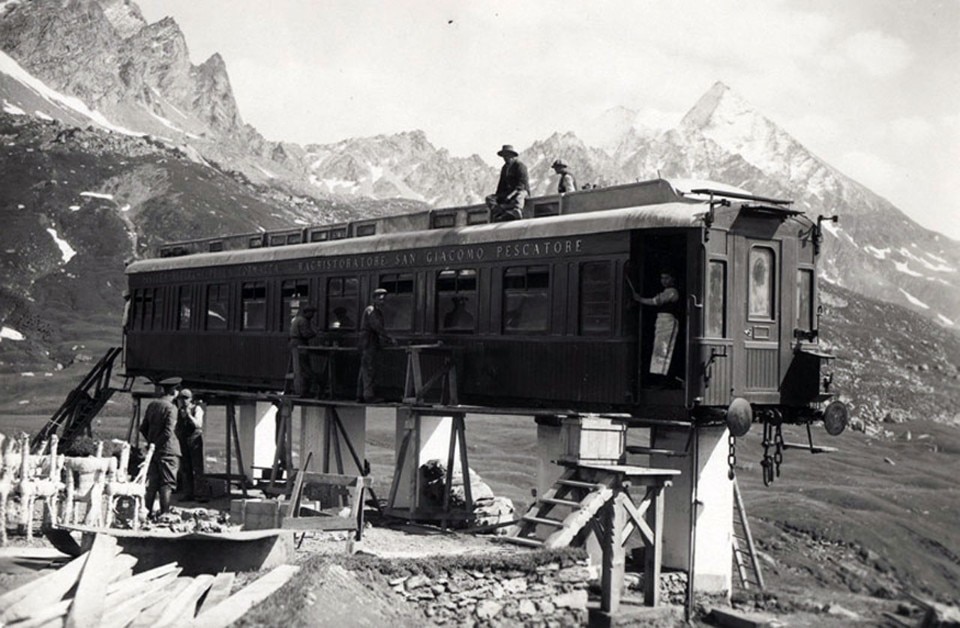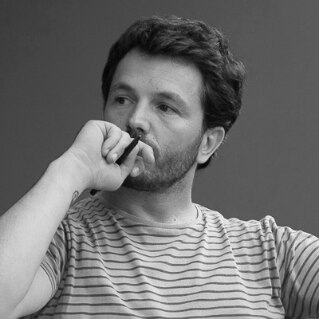
This post goes against our Community Standards, so no one else can see it. On 13 February 2019, Facebook censored one of my posts for the very first time. A slightly overzealous algorithm must have decided that I didn’t own the rights to a picture that I had just shared on my news feed – the picture of the brick and concrete dome designed by Ramiro Meyer in Lambaré – and as a result, the picture got removed, and I got the warning mentioned above. In fact, I did not own those rights: the picture was shot by Federico Cairoli, and I found it on ArchDaily – I cited both sources, of course. But I didn’t really know who the copyright owner was: after all, in ten years of social editing, photo ownership had never been a problem. So why did it suddenly seem to have become such a big deal?
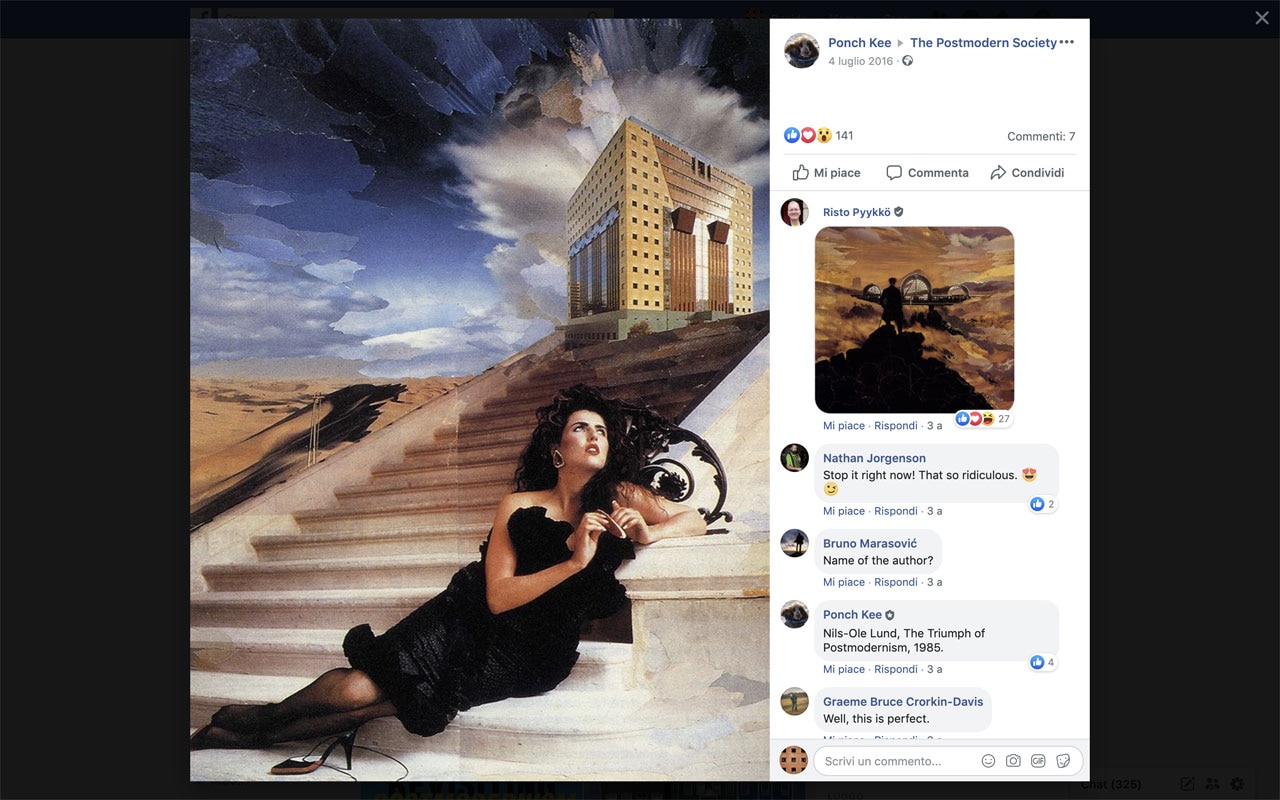
 View gallery
View gallery
Perhaps because at the same time, in Menlo Park, a team of engineers was testing Facebook’s ability to adapt to the new EU copyright rules, included in the infamous Directive 2019/790 [1]– the one that was harshly criticised by Wikipedia, for instance. Approved by the European Parliament on 26 March, the directive requires – among other rules – that online platforms prevent copyright infringement much more aggressively, by removing and preventing the publication of copyrighted text and images, audio and video. Fortunately, memes, gifs, hyperlinks to news articles and snippets can still be shared freely, as well as protected works for quotation, criticism, review, caricature, parody and educational purposes. The new European copyright rules, provided that the directive gets fully applied, will change not only the dynamics, but also the meaning of online communication, putting an end to this Age of hyper–sharing.
Although it was designed to protect cultural production in other fields – mainly music, film and journalism – the Directive will probably significantly affect architecture as well. Since 2009, however, an increasingly large portion of the architecture community has moved to Tumblr, Facebook and Instagram, creating not only clickbaity websites, but also independent, experimental and sometimes very interesting editorial projects. Most of the time, however, these projects are based on the selection, cataloguing and distribution of images of which the users do not own the rights. Just think of Subtilitas, Fuck Yeah Brutalism (RIP), Archive of Affinities – on Tumblr; Angel Muñiz, OfHouses, and FIG Projects – on Facebook; or Elara Fritzenwalden, A Series of Rooms and Atlas of Places – on Instagram. It is quite normal, as a result, not only to worry whether the European copyright rules will allow these and many other curated archives to survive, but also how it will affect the creation of new projects.
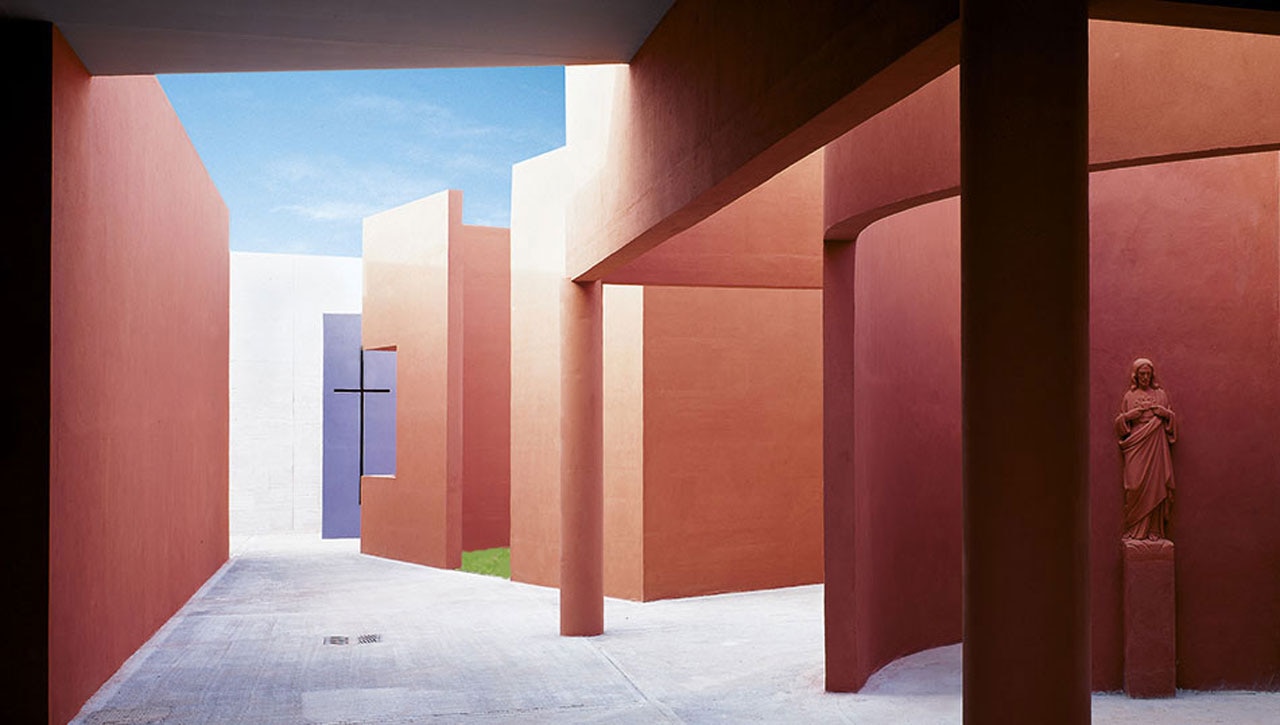
 View gallery
View gallery
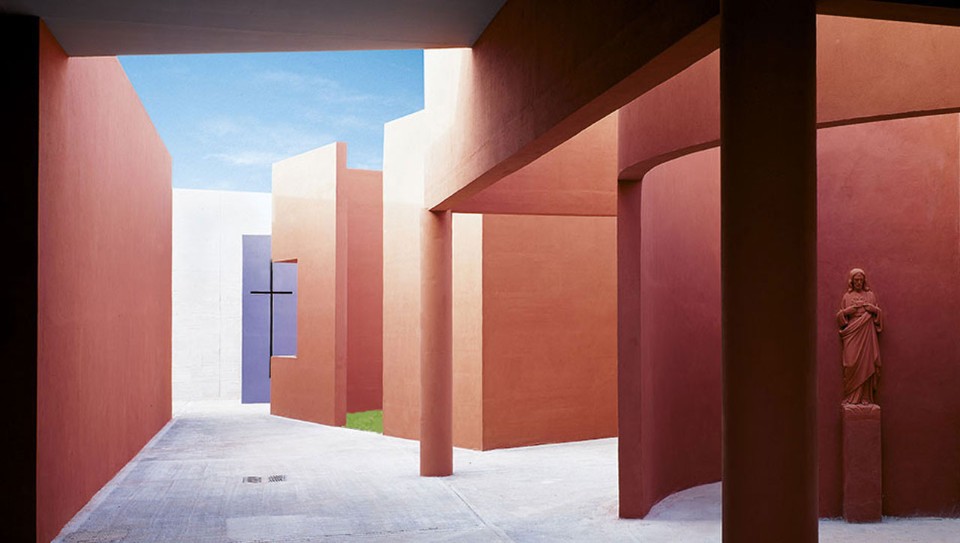
Architecture on social media
HOFLAB, Extension of the Pila Cemetery, Pila (PG, Italy), 2000. Photos HOFLAB
Images via Forgotten Architecture
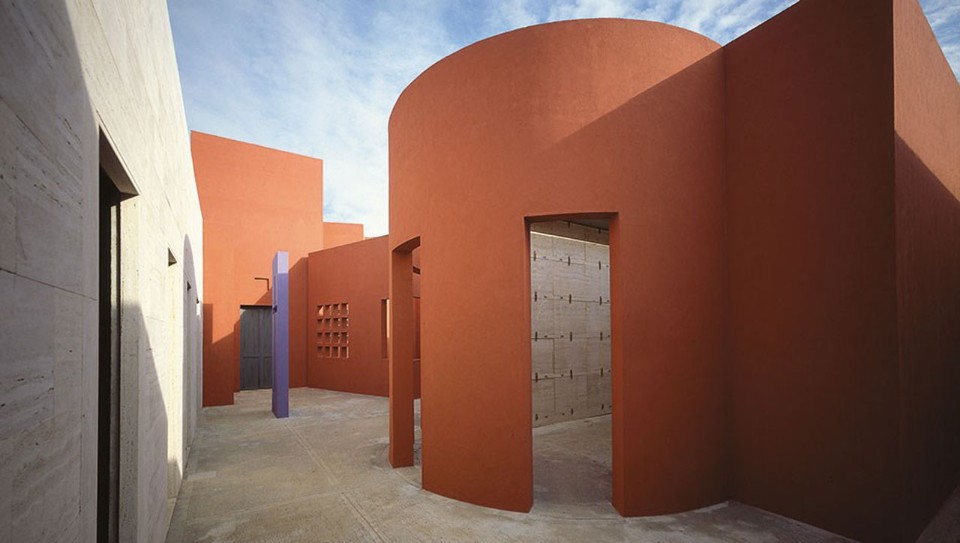
Architecture on social media
HOFLAB, Extension of the Pila Cemetery, Pila (PG, Italy), 2000. Photos HOFLAB
Images via Forgotten Architecture
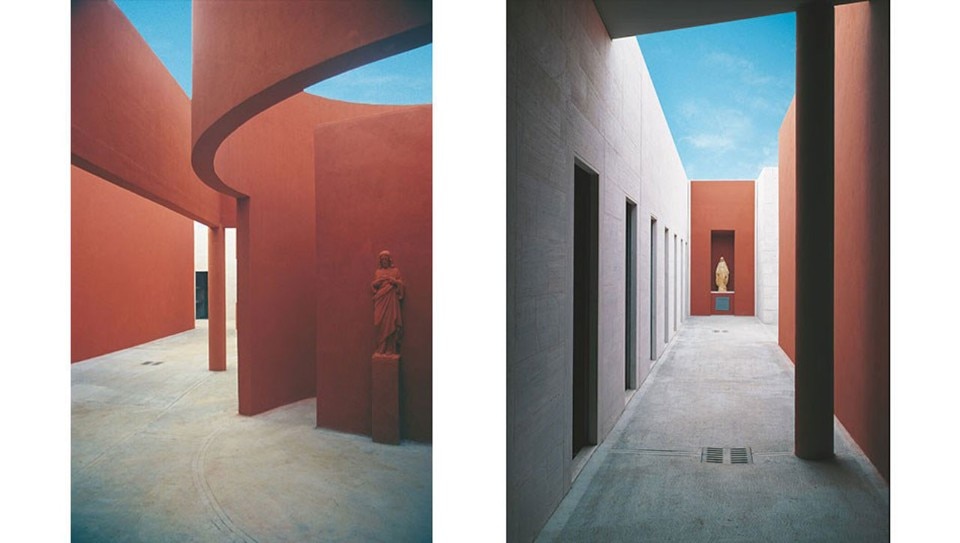
Architecture on social media
HOFLAB, Extension of the Pila Cemetery, Pila (PG, Italy), 2000. Photos HOFLAB
Images via Forgotten Architecture
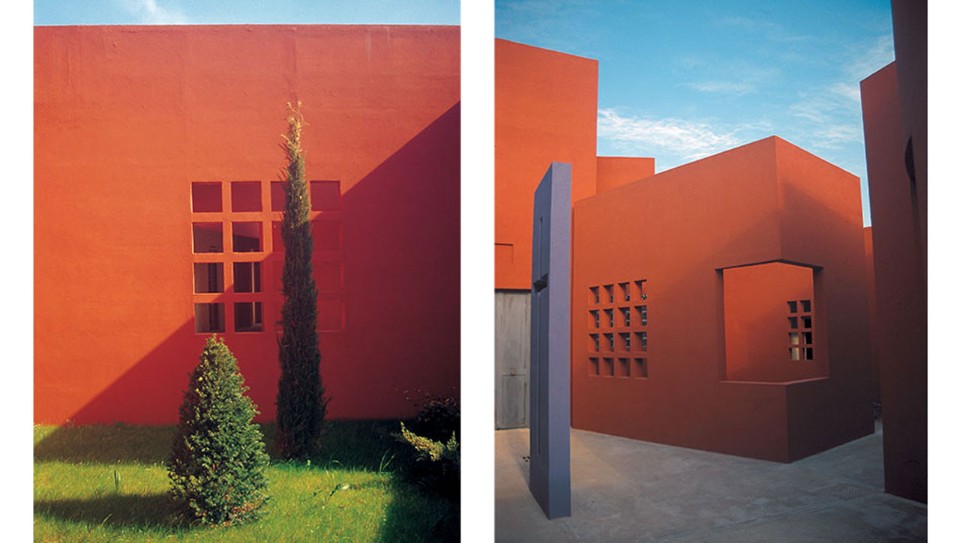
Architecture on social media
HOFLAB, Extension of the Pila Cemetery, Pila (PG, Italy), 2000. Photos HOFLAB
Images via Forgotten Architecture
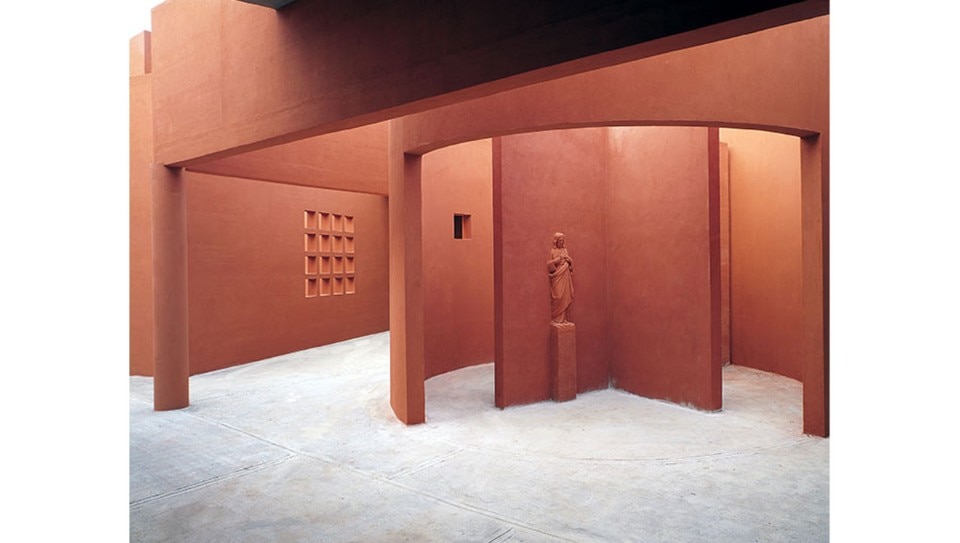
Architecture on social media
HOFLAB, Extension of the Pila Cemetery, Pila (PG, Italy), 2000. Photos HOFLAB
Images via Forgotten Architecture
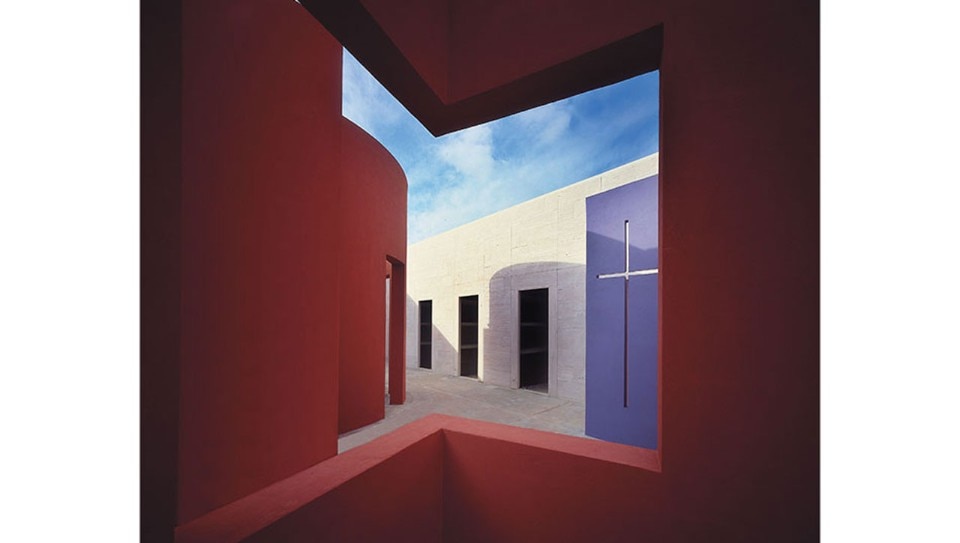
Architecture on social media
HOFLAB, Extension of the Pila Cemetery, Pila (PG, Italy), 2000. Photos HOFLAB
Images via Forgotten Architecture
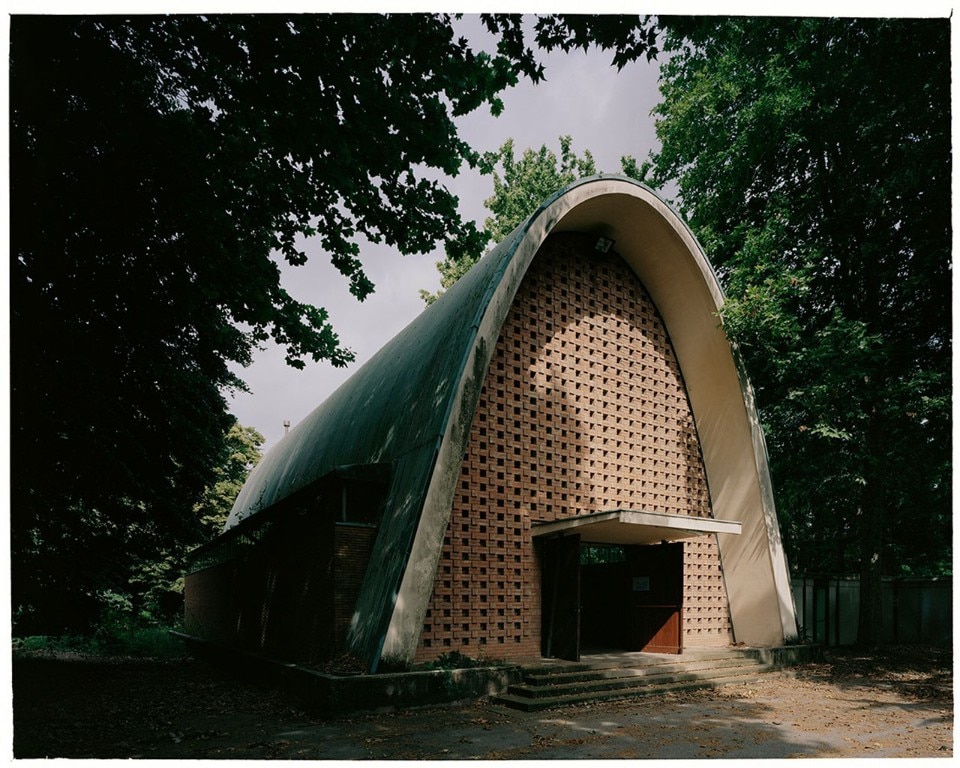
Architecture on social media
Sergio Pasqualotto, Psycho-Pedagogical Medical Centre in Via delle Cave, small adjoining church located to the south-west, 1956-58. Photo Paolo Mazzo
Images via Forgotten Architecture
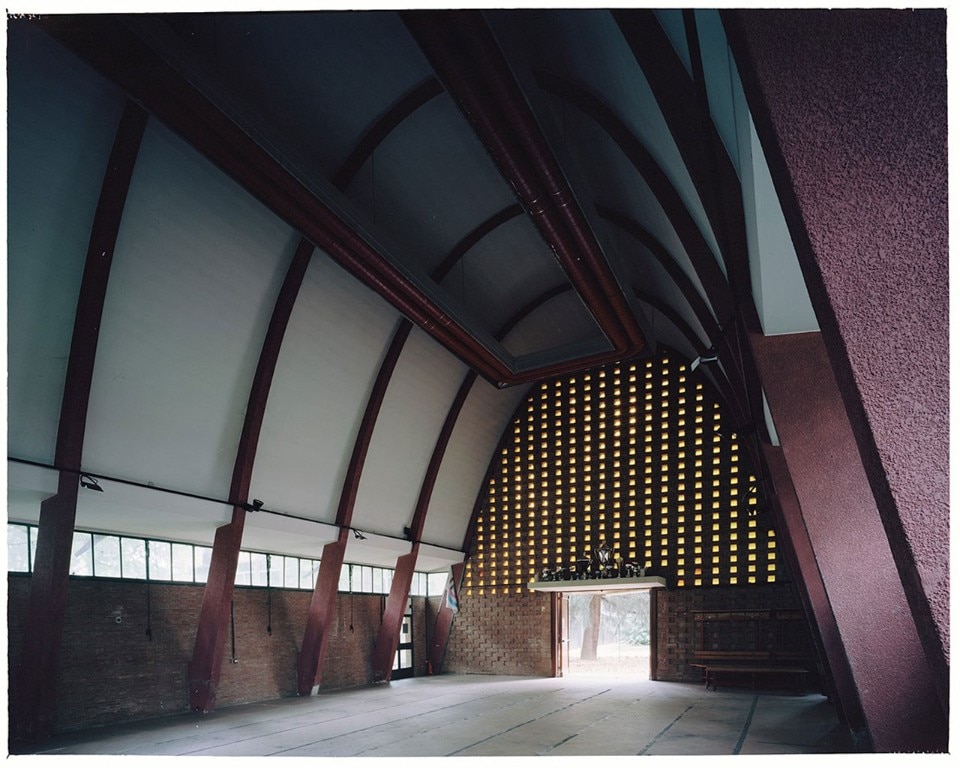
Architecture on social media
Sergio Pasqualotto, Psycho-Pedagogical Medical Centre in Via delle Cave, small adjoining church located to the south-west, 1956-58. Photo Paolo Mazzo
Images via Forgotten Architecture
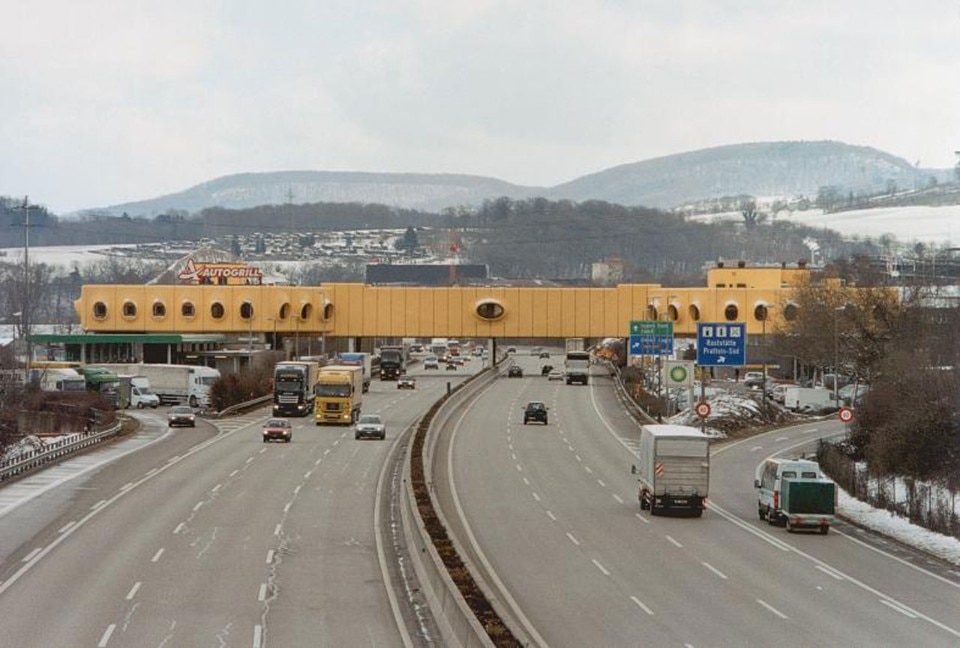
Architecture on social media
Casoni & Casoni, service area of the Pratteln motorway, Basel, 1978. Photos Heide Klemens, Max Horlacher
Images via Forgotten Architecture
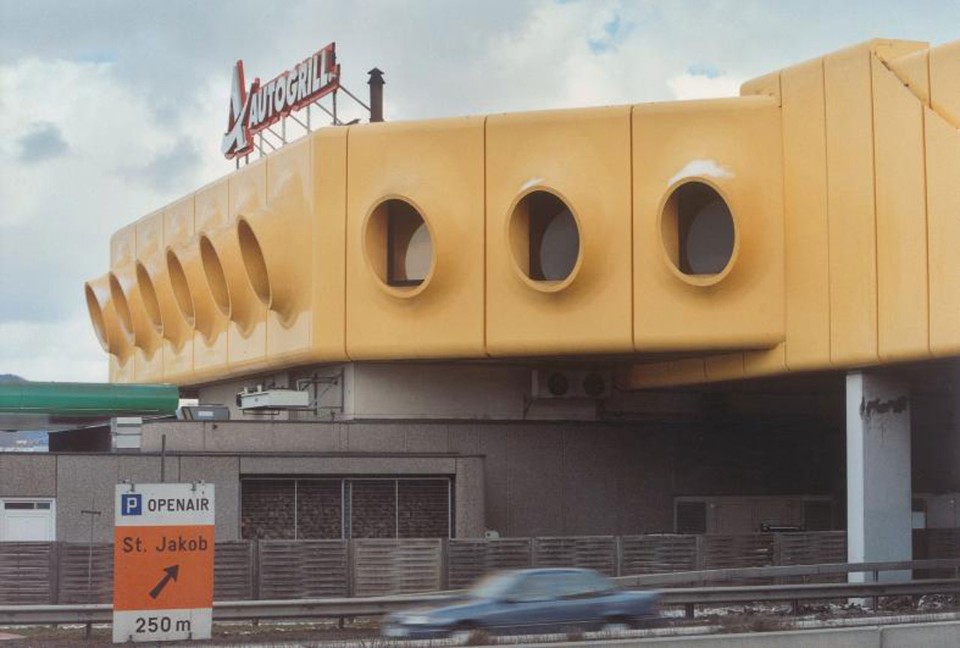
Architecture on social media
Casoni & Casoni, service area of the Pratteln motorway, Basel, 1978. Photos Heide Klemens, Max Horlacher
Images via Forgotten Architecture
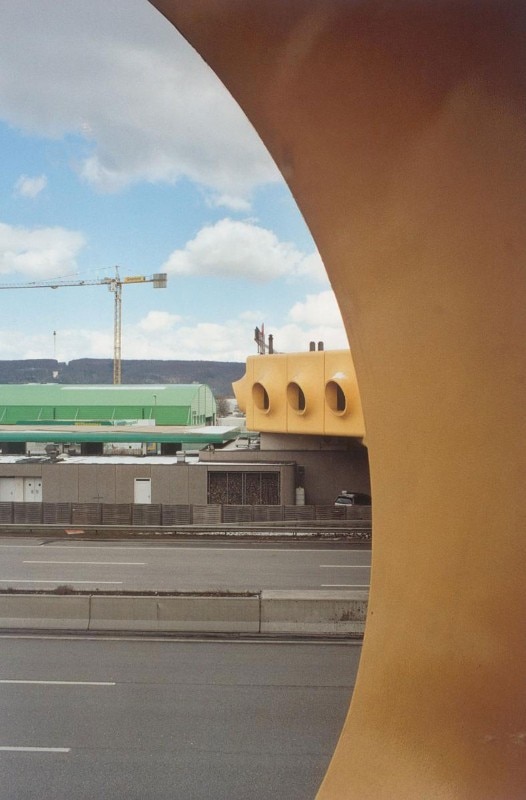
Architecture on social media
Casoni & Casoni, service area of the Pratteln motorway, Basel, 1978. Photos Heide Klemens, Max Horlacher
Images via Forgotten Architecture
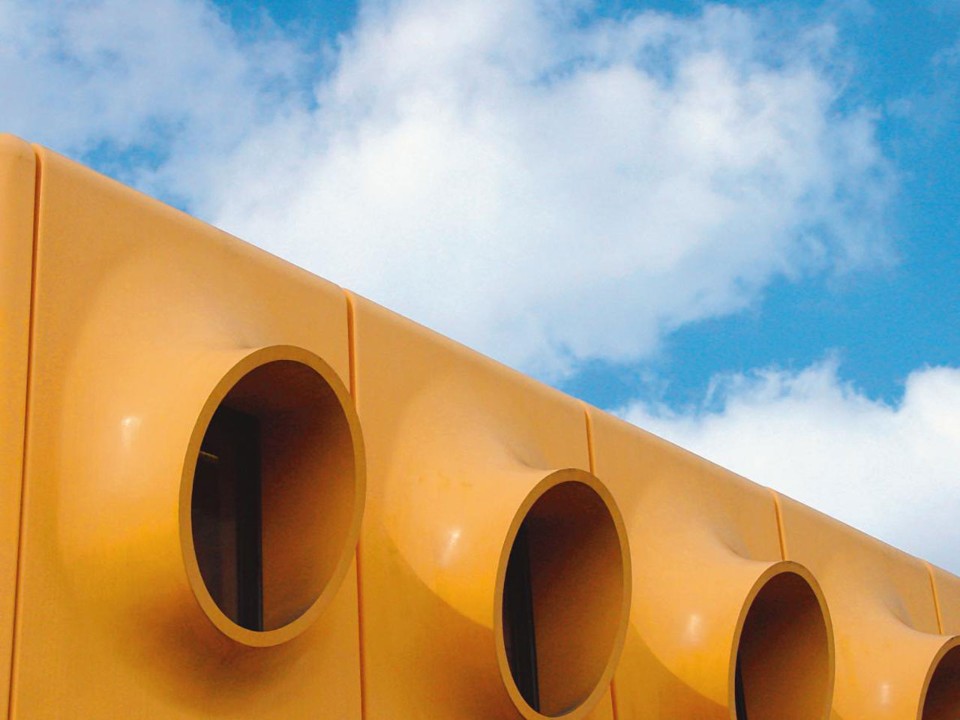
Architecture on social media
Casoni & Casoni, service area of the Pratteln motorway, Basel, 1978. Photos Heide Klemens, Max Horlacher
Images via Forgotten Architecture
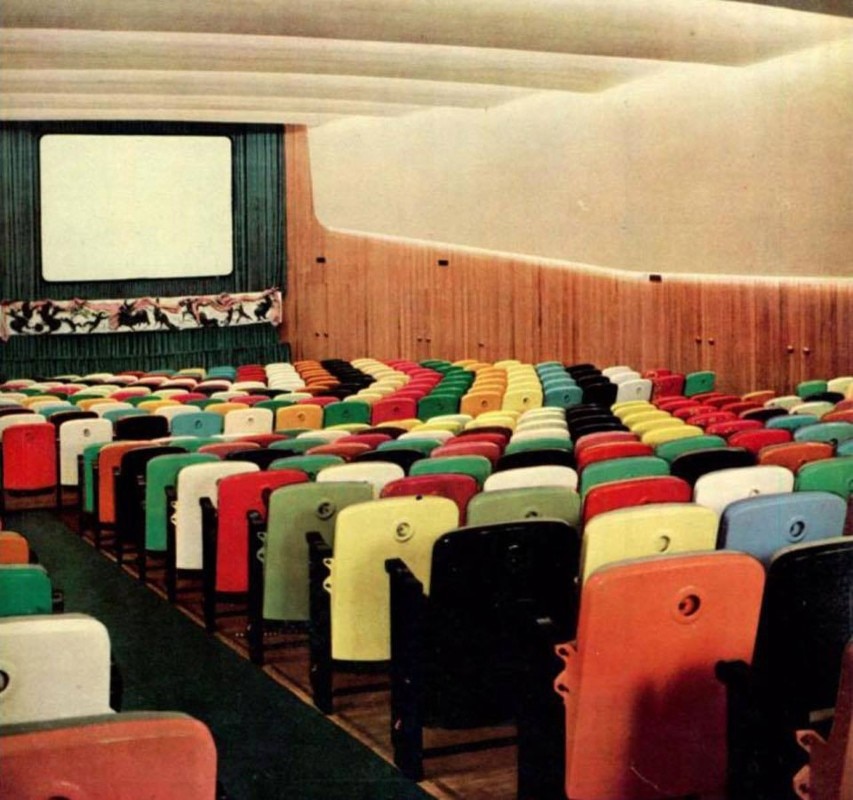
Architecture on social media
Cinema Arlecchino, Mario Righini and Roberto Menghi in collaboration with Lucio Fontana (ceramic) and Piero Fornasetti, side lacquered panels, Milan, 1948. Source Domus n. 231, 1948
Images via Forgotten Architecture
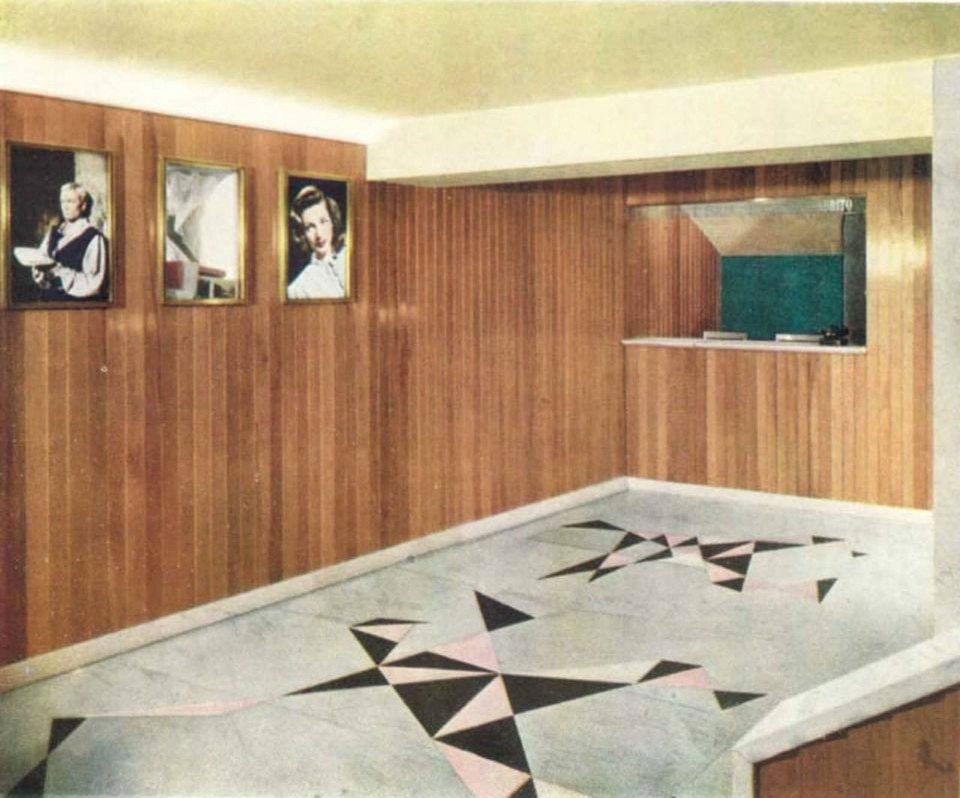
Architecture on social media
Cinema Arlecchino, Mario Righini and Roberto Menghi in collaboration with Lucio Fontana (ceramic) and Piero Fornasetti, side lacquered panels, Milan, 1948. Source Domus n. 231, 1948
Images via Forgotten Architecture
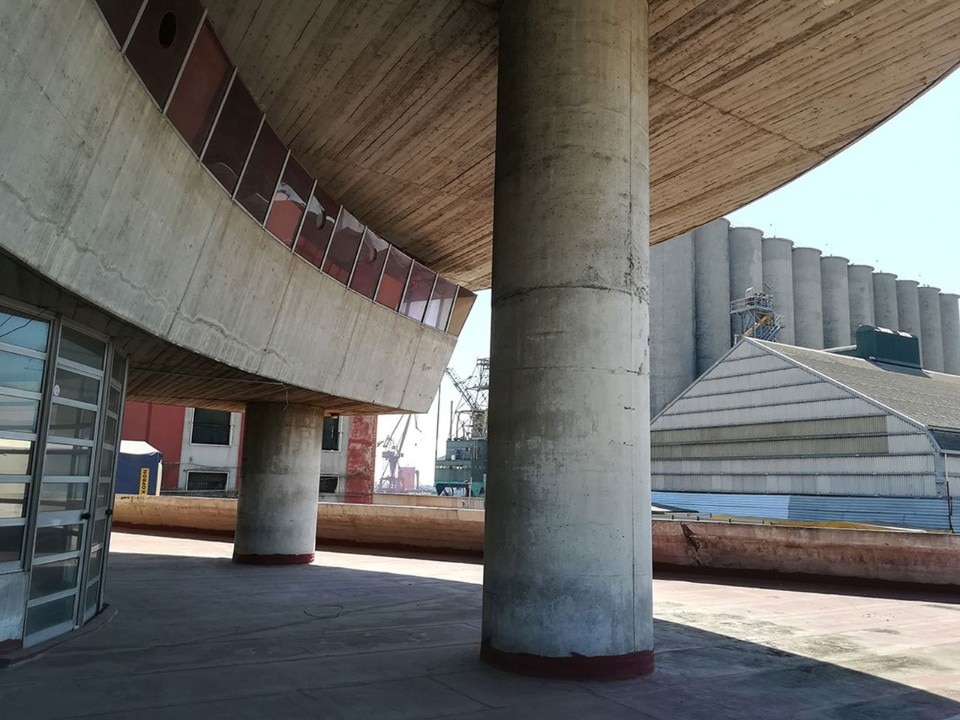
Architecture on social media
Aldo Loris Rossi, Residential Complex of Piazza Grande, Naples, 1979-1989. Photo Gianluca Palma with Francesco Lettieri
Images via Forgotten Architecture
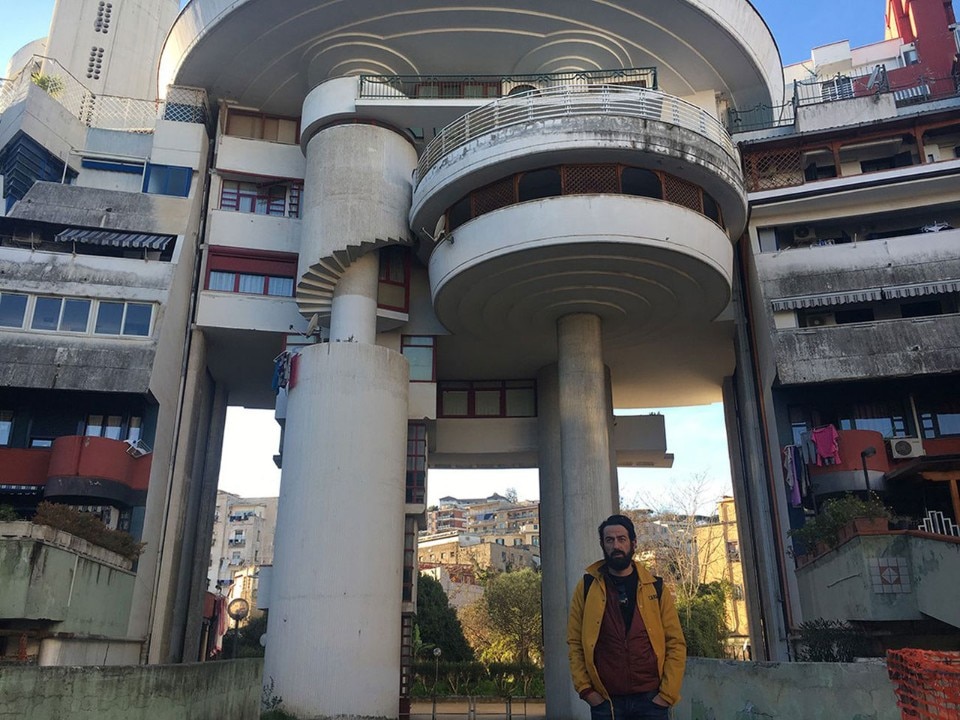
Architecture on social media
Aldo Loris Rossi, Residential Complex of Piazza Grande, Naples, 1979-1989. Photo Gianluca Palma with Francesco Lettieri
Images via Forgotten Architecture
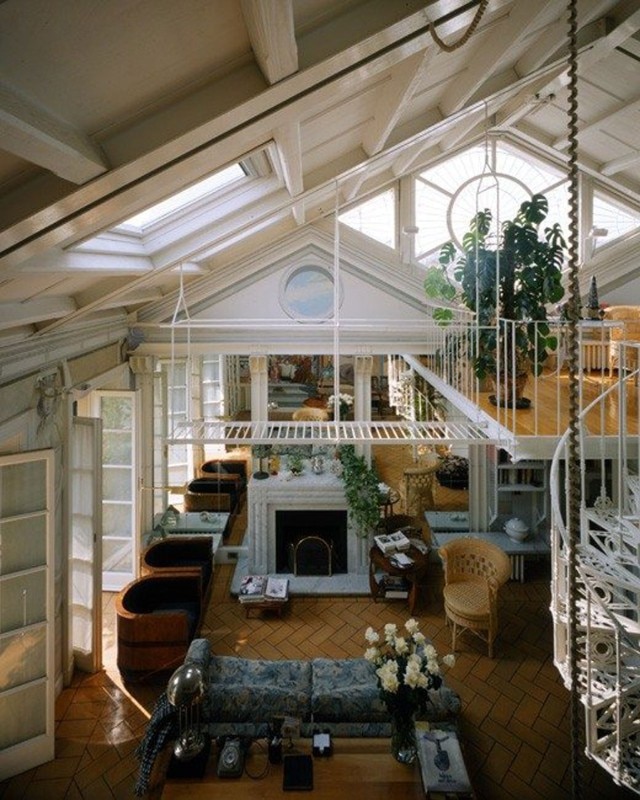
Architecture on social media
Vittorio Garatti, Casa Garatti in via Fiori Chiari, Brera, 1989. Trompe l'oeil by the artist Giuseppe Mallai. Photos Aldo di Ballo
Images via Forgotten Architecture
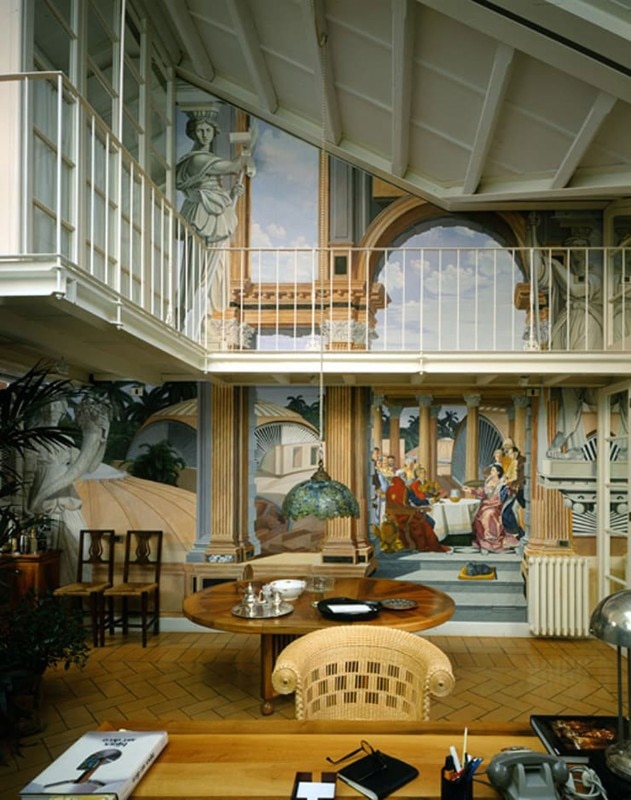
Architecture on social media
Vittorio Garatti, Casa Garatti in via Fiori Chiari, Brera, 1989. Trompe l'oeil by the artist Giuseppe Mallai. Photos Aldo di Ballo
Images via Forgotten Architecture
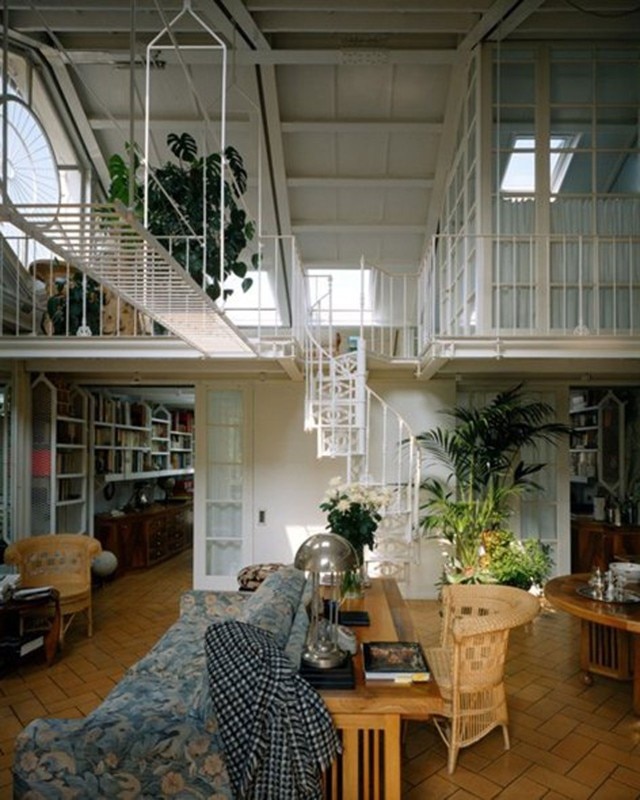
Architecture on social media
Vittorio Garatti, Casa Garatti in via Fiori Chiari, Brera, 1989. Trompe l'oeil by the artist Giuseppe Mallai. Photos Aldo di Ballo
Images via Forgotten Architecture
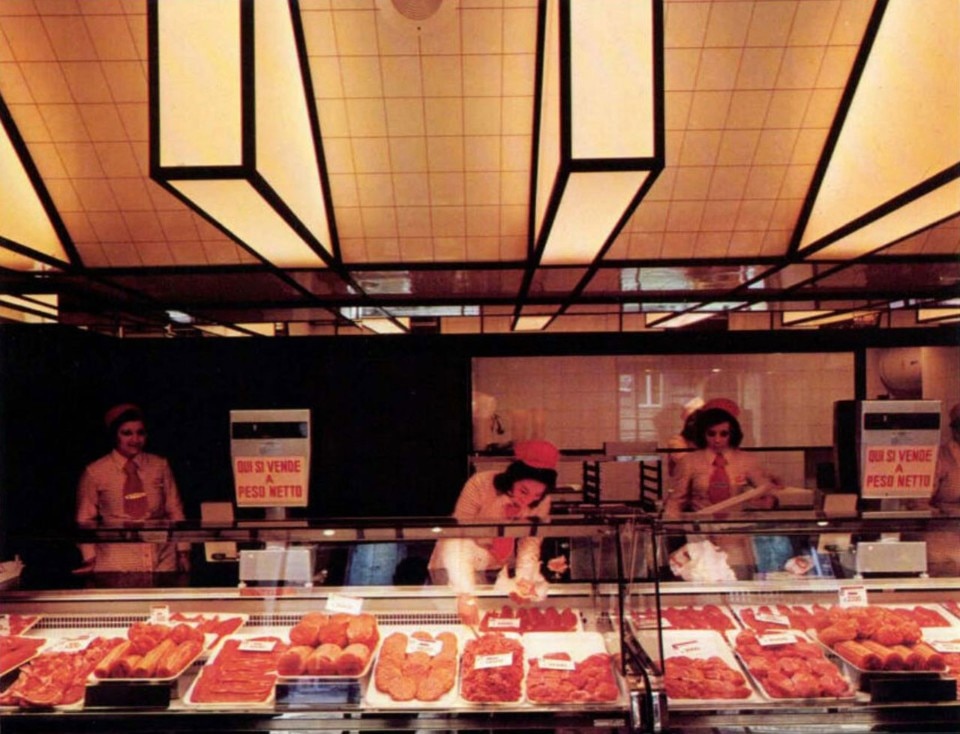
Architecture on social media
Sara Roncoroni, two butchers' shops in Rome (via della Croce, via Po), 1975. Source Domus n. 545, April 1975
Images via Forgotten Architecture
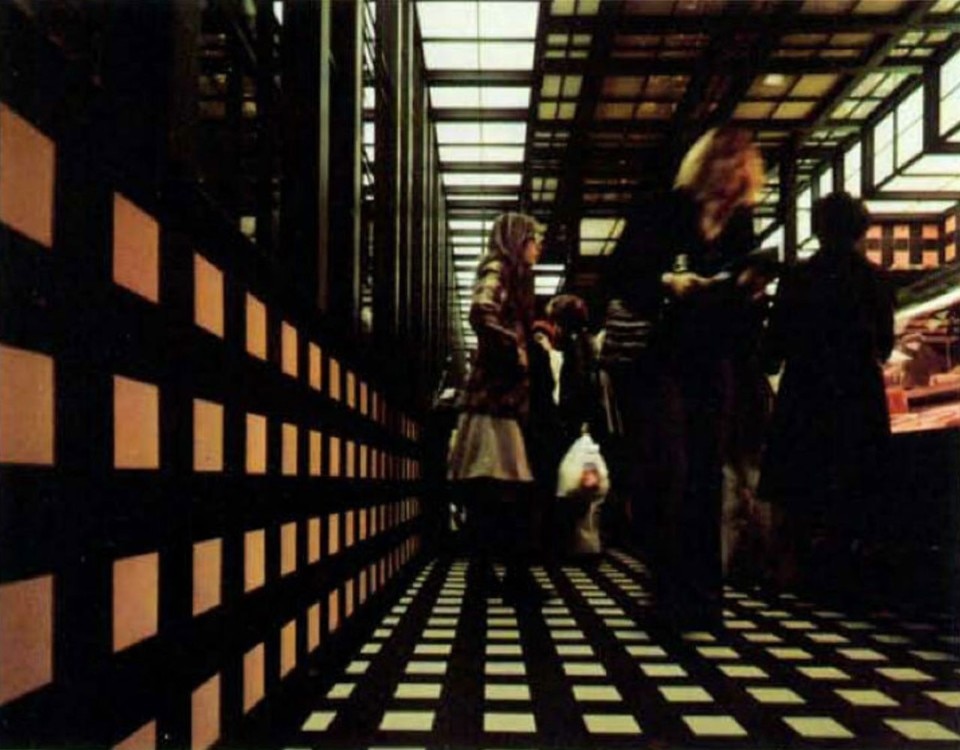
Architecture on social media
Sara Roncoroni, two butchers' shops in Rome (via della Croce, via Po), 1975. Source Domus n. 545, April 1975
Images via Forgotten Architecture
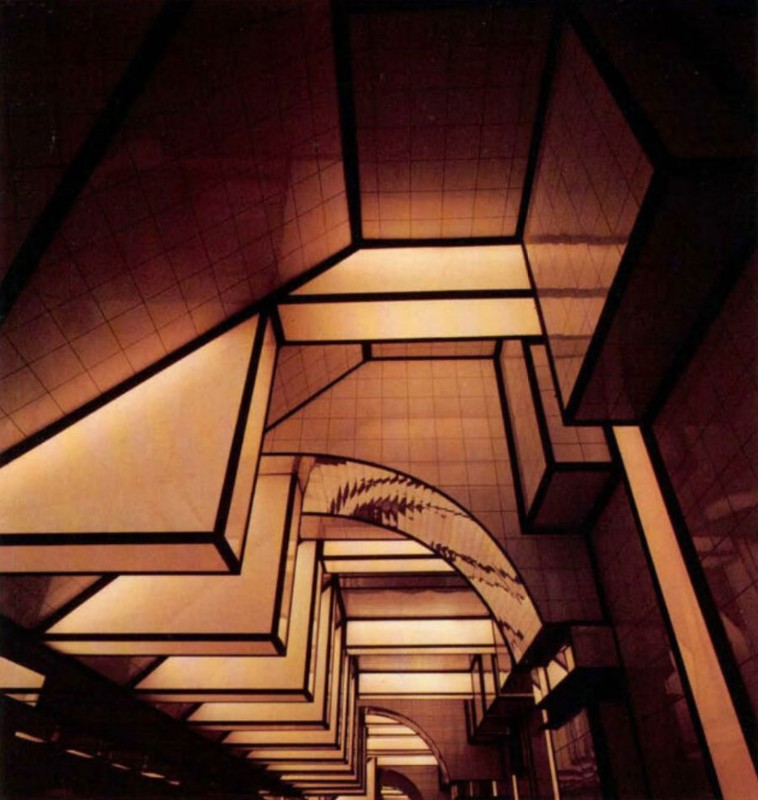
Architecture on social media
Sara Roncoroni, two butchers' shops in Rome (via della Croce, via Po), 1975. Source Domus n. 545, April 1975
Images via Forgotten Architecture
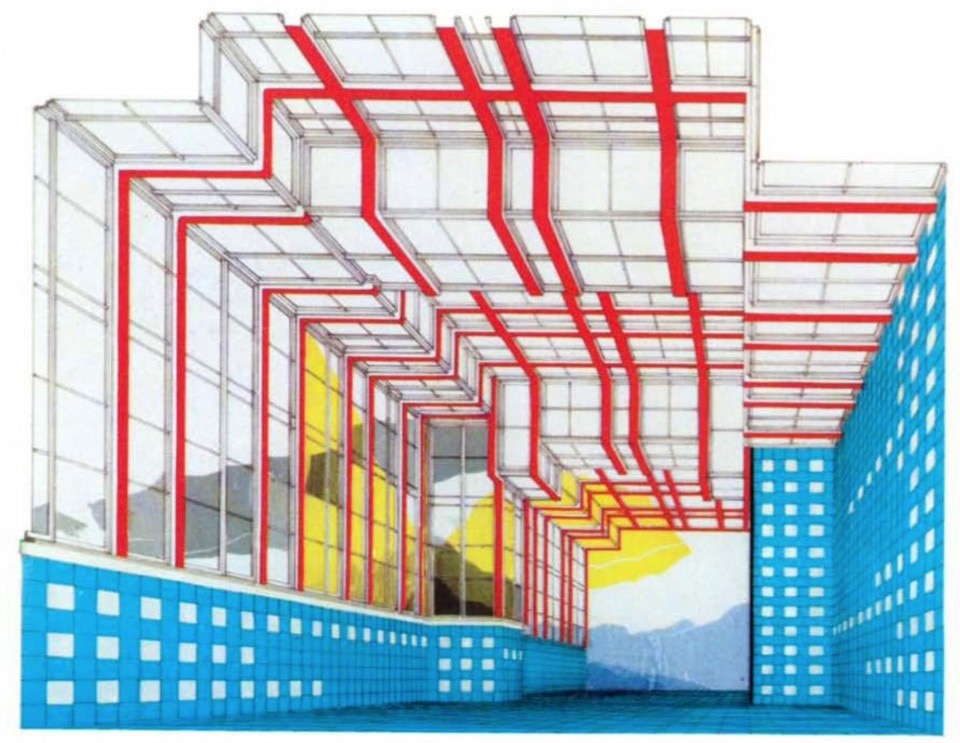
Architecture on social media
Sara Roncoroni, two butchers' shops in Rome (via della Croce, via Po), 1975. Source Domus n. 545, April 1975
Images via Forgotten Architecture
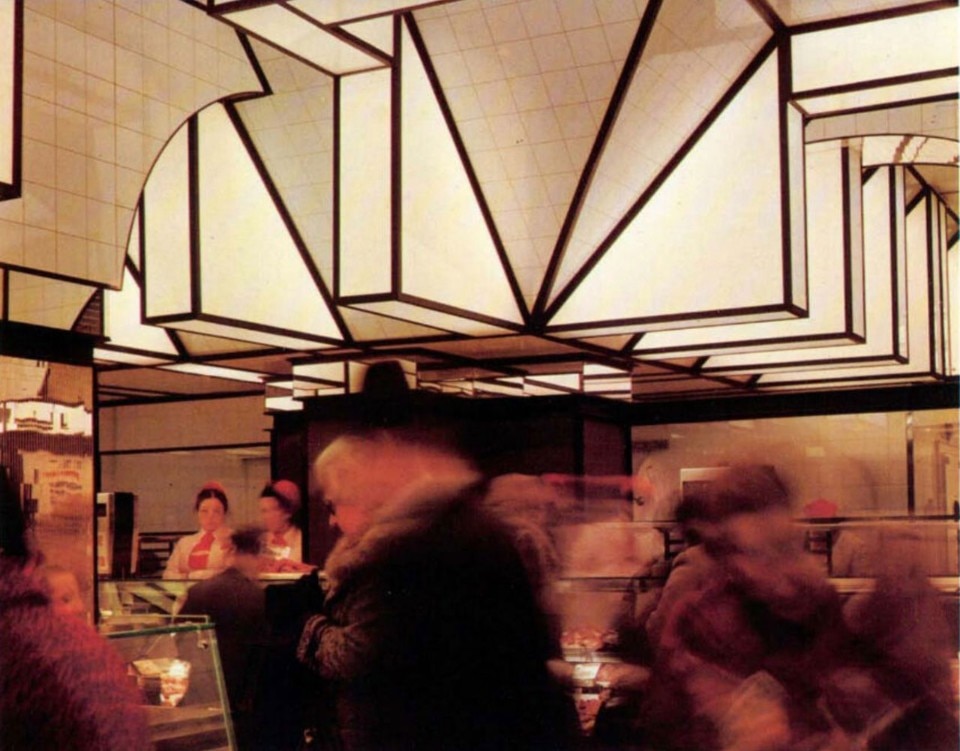
Architecture on social media
Sara Roncoroni, two butchers' shops in Rome (via della Croce, via Po), 1975. Source Domus n. 545, April 1975
Images via Forgotten Architecture
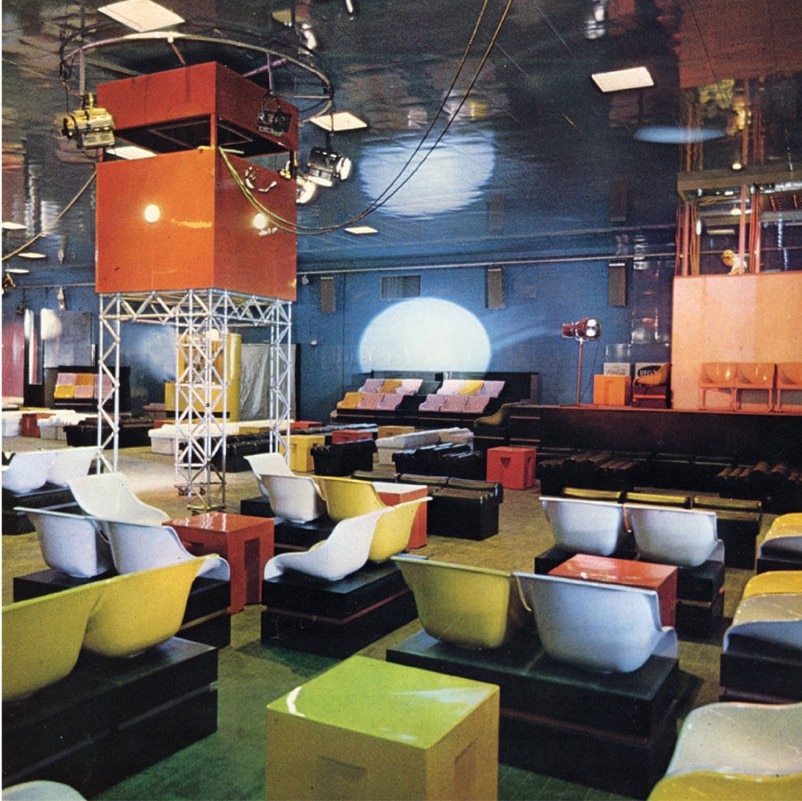
Architecture on social media
ALTROMONDO club by Pietro Derossi and Giorgio Ceretti, Rimini, 1968. Photo Derossi Associati
Images via Forgotten Architecture
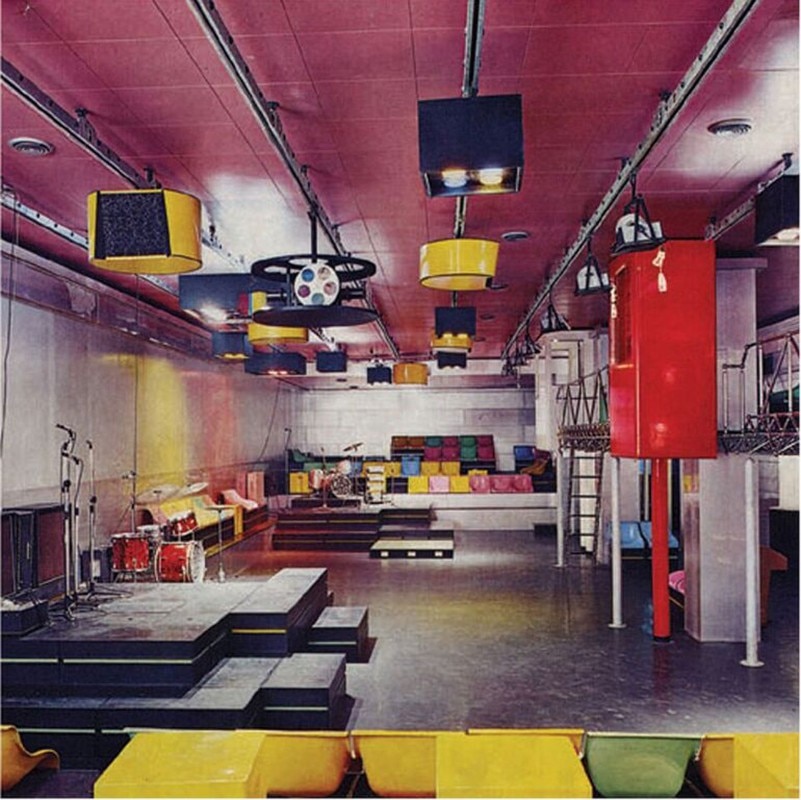
Architecture on social media
ALTROMONDO club by Pietro Derossi and Giorgio Ceretti, Rimini, 1968. Photo Derossi Associati
Images via Forgotten Architecture
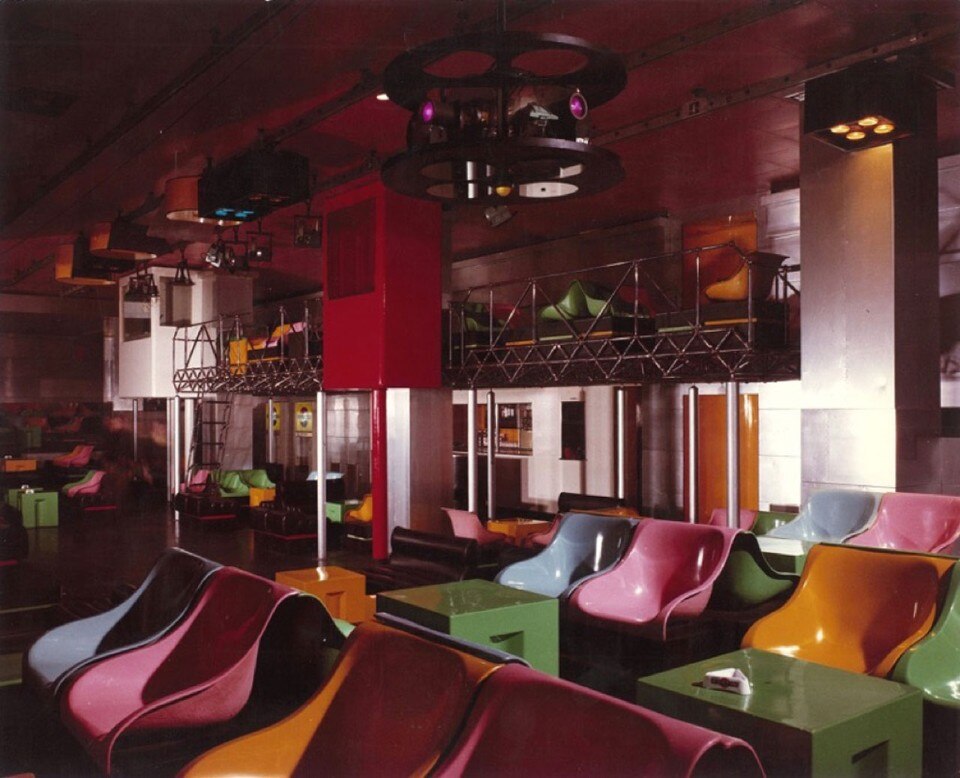
Architecture on social media
ALTROMONDO club by Pietro Derossi and Giorgio Ceretti, Rimini, 1968. Photo Derossi Associati
Images via Forgotten Architecture
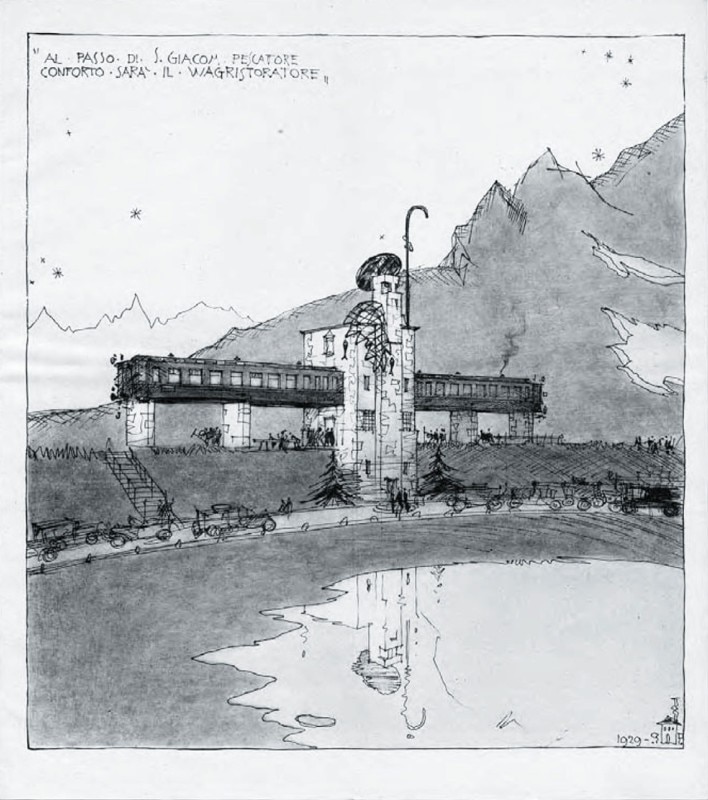
Architecture on social media
Piero Portaluppi, Wagristoratore, 1930. Courtesy Fondazione Portaluppi and Archivio Iconografico Del Verbano Cusio Ossola
Images via Forgotten Architecture

Architecture on social media
HOFLAB, Extension of the Pila Cemetery, Pila (PG, Italy), 2000. Photos HOFLAB
Images via Forgotten Architecture

Architecture on social media
HOFLAB, Extension of the Pila Cemetery, Pila (PG, Italy), 2000. Photos HOFLAB
Images via Forgotten Architecture

Architecture on social media
HOFLAB, Extension of the Pila Cemetery, Pila (PG, Italy), 2000. Photos HOFLAB
Images via Forgotten Architecture

Architecture on social media
HOFLAB, Extension of the Pila Cemetery, Pila (PG, Italy), 2000. Photos HOFLAB
Images via Forgotten Architecture

Architecture on social media
HOFLAB, Extension of the Pila Cemetery, Pila (PG, Italy), 2000. Photos HOFLAB
Images via Forgotten Architecture

Architecture on social media
HOFLAB, Extension of the Pila Cemetery, Pila (PG, Italy), 2000. Photos HOFLAB
Images via Forgotten Architecture

Architecture on social media
Sergio Pasqualotto, Psycho-Pedagogical Medical Centre in Via delle Cave, small adjoining church located to the south-west, 1956-58. Photo Paolo Mazzo
Images via Forgotten Architecture

Architecture on social media
Sergio Pasqualotto, Psycho-Pedagogical Medical Centre in Via delle Cave, small adjoining church located to the south-west, 1956-58. Photo Paolo Mazzo
Images via Forgotten Architecture

Architecture on social media
Casoni & Casoni, service area of the Pratteln motorway, Basel, 1978. Photos Heide Klemens, Max Horlacher
Images via Forgotten Architecture

Architecture on social media
Casoni & Casoni, service area of the Pratteln motorway, Basel, 1978. Photos Heide Klemens, Max Horlacher
Images via Forgotten Architecture

Architecture on social media
Casoni & Casoni, service area of the Pratteln motorway, Basel, 1978. Photos Heide Klemens, Max Horlacher
Images via Forgotten Architecture

Architecture on social media
Casoni & Casoni, service area of the Pratteln motorway, Basel, 1978. Photos Heide Klemens, Max Horlacher
Images via Forgotten Architecture

Architecture on social media
Cinema Arlecchino, Mario Righini and Roberto Menghi in collaboration with Lucio Fontana (ceramic) and Piero Fornasetti, side lacquered panels, Milan, 1948. Source Domus n. 231, 1948
Images via Forgotten Architecture

Architecture on social media
Cinema Arlecchino, Mario Righini and Roberto Menghi in collaboration with Lucio Fontana (ceramic) and Piero Fornasetti, side lacquered panels, Milan, 1948. Source Domus n. 231, 1948
Images via Forgotten Architecture

Architecture on social media
Aldo Loris Rossi, Residential Complex of Piazza Grande, Naples, 1979-1989. Photo Gianluca Palma with Francesco Lettieri
Images via Forgotten Architecture

Architecture on social media
Aldo Loris Rossi, Residential Complex of Piazza Grande, Naples, 1979-1989. Photo Gianluca Palma with Francesco Lettieri
Images via Forgotten Architecture

Architecture on social media
Vittorio Garatti, Casa Garatti in via Fiori Chiari, Brera, 1989. Trompe l'oeil by the artist Giuseppe Mallai. Photos Aldo di Ballo
Images via Forgotten Architecture

Architecture on social media
Vittorio Garatti, Casa Garatti in via Fiori Chiari, Brera, 1989. Trompe l'oeil by the artist Giuseppe Mallai. Photos Aldo di Ballo
Images via Forgotten Architecture

Architecture on social media
Vittorio Garatti, Casa Garatti in via Fiori Chiari, Brera, 1989. Trompe l'oeil by the artist Giuseppe Mallai. Photos Aldo di Ballo
Images via Forgotten Architecture

Architecture on social media
Sara Roncoroni, two butchers' shops in Rome (via della Croce, via Po), 1975. Source Domus n. 545, April 1975
Images via Forgotten Architecture

Architecture on social media
Sara Roncoroni, two butchers' shops in Rome (via della Croce, via Po), 1975. Source Domus n. 545, April 1975
Images via Forgotten Architecture

Architecture on social media
Sara Roncoroni, two butchers' shops in Rome (via della Croce, via Po), 1975. Source Domus n. 545, April 1975
Images via Forgotten Architecture

Architecture on social media
Sara Roncoroni, two butchers' shops in Rome (via della Croce, via Po), 1975. Source Domus n. 545, April 1975
Images via Forgotten Architecture

Architecture on social media
Sara Roncoroni, two butchers' shops in Rome (via della Croce, via Po), 1975. Source Domus n. 545, April 1975
Images via Forgotten Architecture

Architecture on social media
ALTROMONDO club by Pietro Derossi and Giorgio Ceretti, Rimini, 1968. Photo Derossi Associati
Images via Forgotten Architecture

Architecture on social media
ALTROMONDO club by Pietro Derossi and Giorgio Ceretti, Rimini, 1968. Photo Derossi Associati
Images via Forgotten Architecture

Architecture on social media
ALTROMONDO club by Pietro Derossi and Giorgio Ceretti, Rimini, 1968. Photo Derossi Associati
Images via Forgotten Architecture

Architecture on social media
Piero Portaluppi, Wagristoratore, 1930. Courtesy Fondazione Portaluppi and Archivio Iconografico Del Verbano Cusio Ossola
Images via Forgotten Architecture
These little architectural magazines [2] come in many different formats, but the transformation of Facebook groups into editorial platforms is the most mesmerizing one. In Italy, the first serious attempt to use a Facebook group to talk about architecture dates back to 2011, when NIBA | Network Italiano dei Blog di Architettura was first launched. Curated by Rossella Ferorelli, NIBA was a virtual meeting place in which architectural bloggers – such mythological creatures – could share their contents. It was a simple but extremely effective idea, which allowed a more informal confrontation between an ever–growing group of students, academics and professionals – something which we now tend to take for granted. The following year, Daniele Mancini, Stefano Mirti and Remo Ricchetti launched GranTouristas, which is one of the most interesting and innovative projects of this kind. Conceived as a digital part of the Italian Pavilion at the 13th Venice Architecture Biennale – the only part worth remembering, maybe – GranTouristas was an atlas of people, projects and places dreaming of an alternative Italian architecture. It ended up becoming an electrifying and multidisciplinary community which, for a few months, was able to experiment with new forms of interaction, collaboration and design.
The collective production of content allows readers to get in touch with works and authors otherwise neglected by the dominant narratives, thus enriching their imagination
While experiments such as NIBA and GranTouristas – both coming to an end – focused mainly on the networking possibilities offered by Facebook groups, other projects, not only Italian, focused on their storage and cataloguing abilities. Among these, the most interesting and old ones seem to be those who focus on a main theme, through the progressive accumulation of contributions shared by their members. The Brutalism Appreciation Society can be considered the forerunner of this genre: Up and running since 2007, it now has more than 66,000 members. But I am also thinking of The Postmodern Society, Architecture 1900–1945 and Forgotten Architecture. In these and many other similar cases, the collective production of content takes on a triple value: first, publishers get the opportunity to gain a certain type of authority within their community; secondly, its readers can get in touch with works and authors otherwise neglected by the dominant narratives, thus enriching their imagination; and finally, the learning process becomes more informal and festive, almost a pleasant daily ritual.
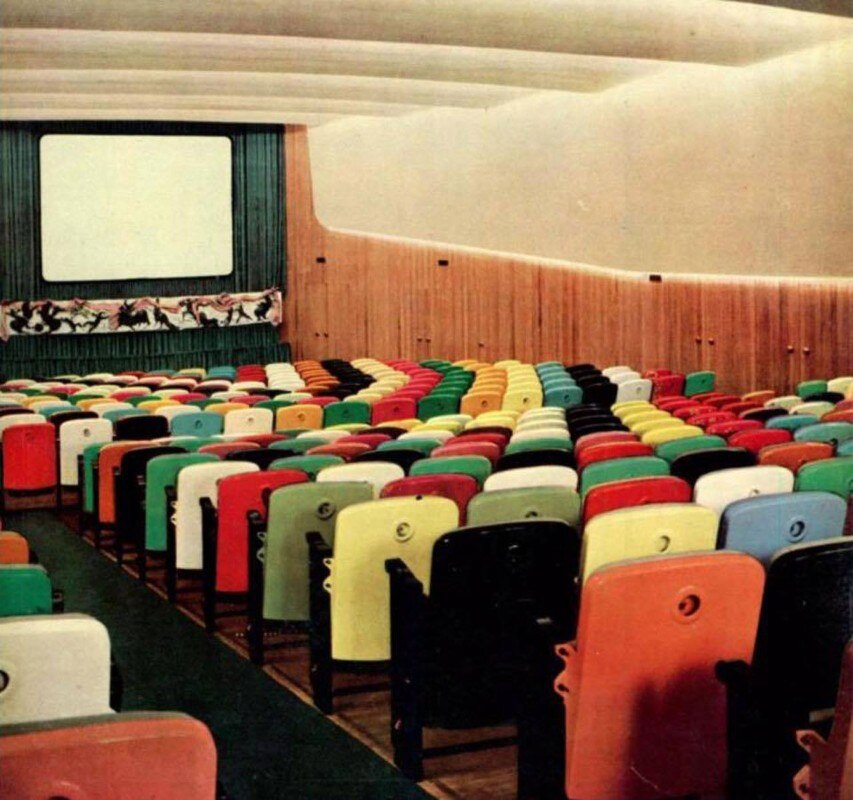
If these groups are the result of the personal obsessions of their curators, and if they depend only on their ability to make the users follow the more or less articulated guidelines, their luck seems to depend more on the themes, which are specific, but also elastic enough to accept many contributions, sometimes not too coherent. In this sense, I believe that the value of these editorial projects doesn’t lie in the way in which they consolidate the semantic boundaries of existing meta categories, but rather in the way in which they are able to question them, expand them and thus in fact rewrite them. And if the most popular meta category is that of brutalism, with dozens of groups and pages dedicated to it, there must be a reason.
However, it is still necessary to assess what kind of learning these types of publishing project actually allow. Facebook communities are usually accused of being superficial, inaccurate and ephemeral. The problem doesn’t lie in the tool itself, but rather in the way people use it, and in the expectations it generates. Facebook, unlike more banal and immediate platforms like Instagram, is intelligently structured, since it allows different levels of communication, formats and hyperlinks. This complexity makes it – if not ideal – at least suitable for educational purposes and popular use. The problem, rather, is that sometimes users can’t separate interpersonal from editorial dynamics, so that instead of using these groups to share images of architecture, they use them to socialize.
Davide Tommaso Ferrando is an architecture researcher, critic and curator, particularly interested in the intersections between architecture, city and media. M.Arch in Advanced Architectural Design at ETSA Madrid and Ph.D in Architecture and Building Design at Politecnico di Torino, he is Senior Scientist in the Department of Architectural Theory and History at the University of Innsbruck.
Opening image: Pila cemetery, HOFLAB, Pila (PG, ITALY), 2000. Photo HOFLAB
- 1:
- Direttiva (UE) 2019/790 del Parlamento Europeo e del Consiglio
- 2:
- volumeproject.org/clipstampfold



